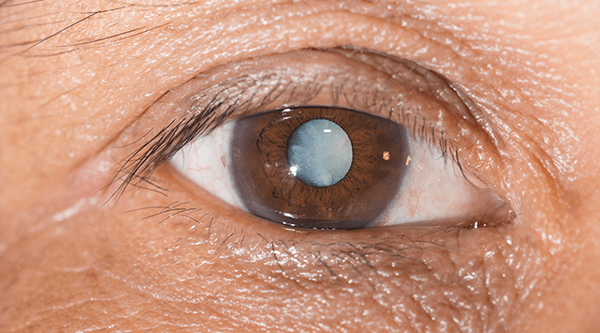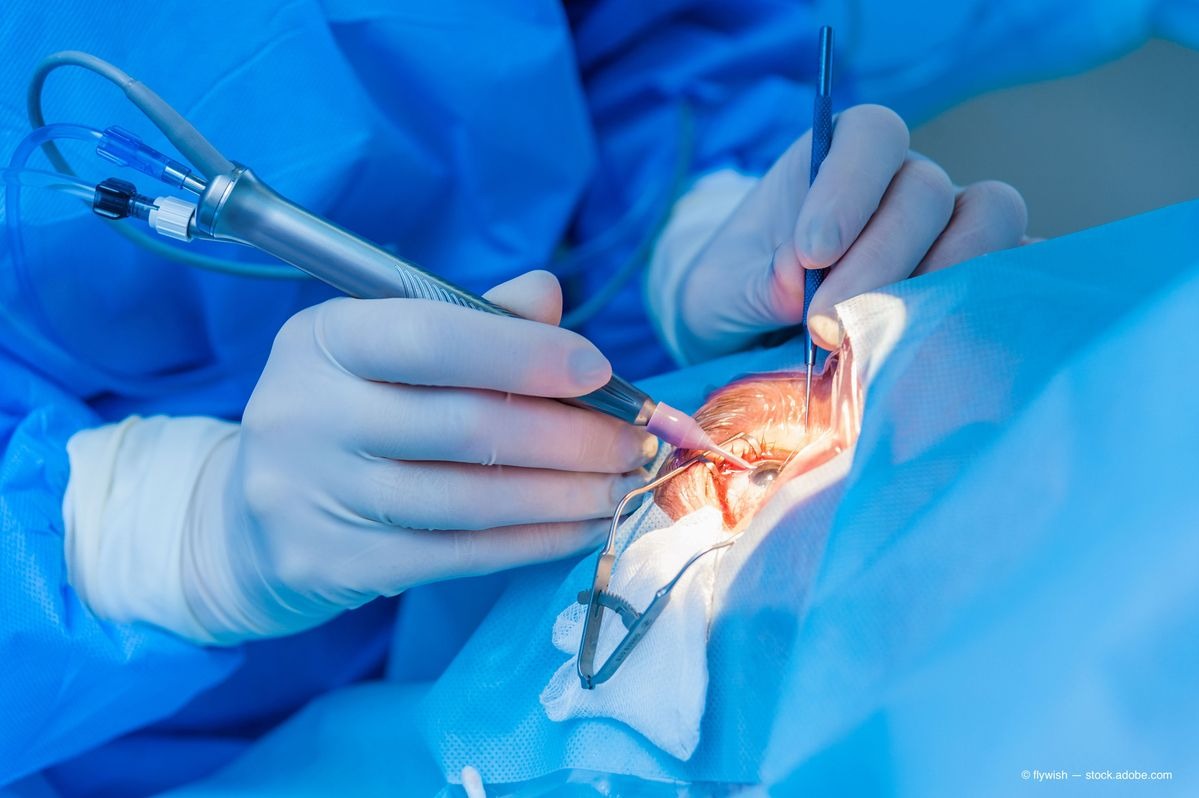Cataract Surgery

At Dr. Daljit Singh Eye Hospital, we are equipped with the latest state-of-the-art diagnostic and surgical technology to provide the highest standard of care in cataract management. From initial assessment to advanced surgical intervention, our facility houses some of the most advanced equipment used globally in modern ophthalmology.
Our diagnostic and surgical arsenal includes:
- Carl Zeiss IOL Master 700 Laser Interferometer – for precise biometry and intraocular lens calculations
- Alcon Centurion Vision System
- Alcon Infiniti System
- Bausch & Lomb Stellaris System
- Operating microscopes from world leaders: Möller-Wedel, Haag-Streit, Leica, and Carl Zeiss
While “cataract” is a general term, its clinical manifestations vary significantly. Our team has vast experience in treating a wide range of cataract types, including:
- Traumatic Cataracts (Ruptured or Dislocated)
- Posterior Polar Cataracts
- Hard Black Cataracts
Understanding Cataract
A cataract is the clouding or whitening of the eye’s natural lens, which is normally clear. As this cloudiness increases, it interferes with the passage of light into the eye, causing a gradual decline in vision. As the cataract progresses, the lens may become completely opaque and white, leading to total loss of vision if left untreated.
What Leads to the Development of Cataracts?
Cataracts can form due to a variety of reasons and are considered a condition with multiple contributing factors. While aging is the most common cause, there is no specific age when cataracts must appear—they can develop earlier or later depending on individual health and lifestyle. Some of the key factors that may lead to cataract formation include
- Diabetes: People with diabetes often develop cataracts earlier than others.
- Poor nutrition: Lack of essential nutrients can affect the health of the eye's lens.
- Long-term use of steroid medications: Especially when taken over extended periods.
- Eye injuries: Both blunt trauma and injuries from sharp objects can trigger cataract formation.


How is Cataract Treated?
The treatment for cataract involves surgically removing the cloudy natural lens and replacing it with a clear artificial intraocular lens (IOL).
The most advanced and commonly used technique is called Phacoemulsification. In this procedure, a tiny ultrasonic probe made of titanium is used to gently break up and dissolve the cataract through a micro-incision. Once the cataract is removed, a soft, foldable intraocular lens is injected and placed inside the eye.
Why is an Artificial Lens Implanted After Cataract Surgery?
Cataract develops in the eye’s natural lens, causing it to become cloudy and non-functional. Since the cloudy lens must be surgically removed, it is essential to replace it with an artificial intraocular lens (IOL) of precisely calculated power to restore clear and focused vision.
What Types of Intraocular Lenses (IOLs) Can Be Implanted?
Following are the types of lenses available
Monofocal Lenses
These lenses offer clear vision at one fixed distance (usually for distance vision). Glasses may still be needed for reading or near tasks.
Multifocal Lenses
Designed to provide clear vision at multiple distances (near, intermediate, and far), reducing the need for glasses.
Toric Lenses
Specially made to correct astigmatism along with cataract removal, providing sharper vision without the need for glasses in many cases.
Extended Depth of Focus (EDOF) Lenses
These lenses provide a continuous range of vision, especially improving intermediate and distance clarity with minimal glare.
Iris-Claw Lenses / Scleral Fixated Lenses
Used in complex cases where standard lens placement isn’t possible due to other eye conditions.
Scleral Fixated Intraocular Lenses
Scleral-fixated intraocular lenses are used when the eye’s natural support structures, like the lens capsule, are damaged or absent, making regular lens placement not possible.
Will I Need Glasses After Cataract Surgery?
While we make every effort to reduce the need for glasses after intraocular lens (IOL) implantation, some patients may still require them depending on the type of lens used.
- With monofocal and monofocal toric lenses, glasses for near vision (such as reading) are almost always necessary.
- Trifocal lenses are designed to provide vision at near, intermediate, and far distances, significantly reducing the need for glasses for most daily activities.
- Extended Depth of Focus (EDOF) lenses offer clear vision for distance and intermediate ranges, but fine near tasks—like reading small print—may still require glasses.
Is It Suitable for Individuals Who Drive Frequently?
For individuals who frequently drive at night, multifocal or trifocal lenses may not be the ideal choice. These lenses can sometimes cause glare or halos from oncoming headlights, which may affect night vision and driving comfort.
In such cases, we recommend considering Extended Depth of Focus (EDOF) lenses. These lenses offer a balanced solution—providing good vision for distance and intermediate tasks with minimal glare, making them more suitable for night driving. While you may still need glasses for fine near work, most daily activities can be performed without them.
Need More Information?
Feel free to contact us
Disclaimer
Intraocular lens implantation is a highly advanced and precise procedure aimed at achieving the best possible visual outcomes. However, it’s important to understand that artificial lenses cannot fully replicate the perfection of natural vision. While significant improvement is expected, some limitations may still remain.




